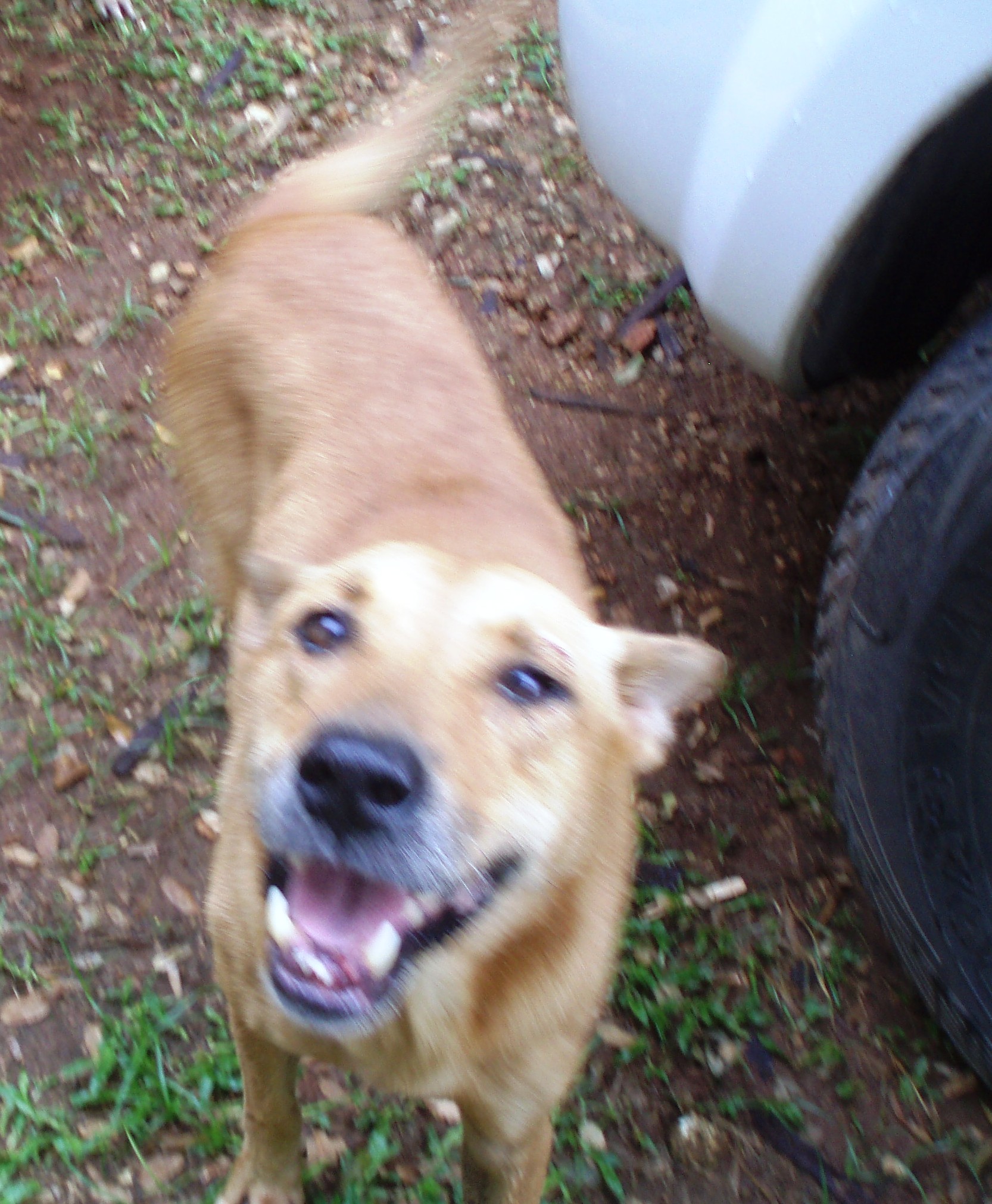I arrived in Saipan in late 1984. By the following summer, I was living in an unfinished house in the undeveloped area known alternately as Kagman or ChaCha. My neighbors were two Chamorro families, each with several children of various ages.
As a single, American woman, I was a novelty. The younger children quickly became my friends. I was also given my first boonie dog pup by a coworker. Boonie dogs are local dogs in the islands where there is (was) no regulation on animals running free and breeding at will.
The puppy was a reddish-golden mixed breed dog with sleek fur and big paws. She was friendly and self-willed. The neighbor boys came over and quickly set about playing with the friendly puppy. I got my first lesson in Chamorro negotiations when I decided to name her.
“I’ve decided to name her Ruby,” I said.
“You can call her Ruby-doo” suggested Raymond excitedly. He was about five.
Of course, I was amused at the reference to Scooby Doo, and thought this was very cute. But I didn’t want my dog named Ruby-doo. Nor did I want to step on this very sweet exchange with my new friends. As an attorney, I decided that I could negotiate my way out of this dilemma.
“How about this?” I said. “You can call her Ruby-doo and I’ll call her Ruby.” I thought this a perfect solution. But then I learned how little I knew; that in the islands, negotiation is an art learned early and getting along is hard-wired into the population.
“How about this?” said Raymond. “Either of us can call her Ruby-doo and either of us can call her Ruby.”
“Agreed,” I said quickly.
That was my first boonie-dog lesson. I live in a a culture and community where settlements are sophisticated, and even five-year olds are experts in making deals.

